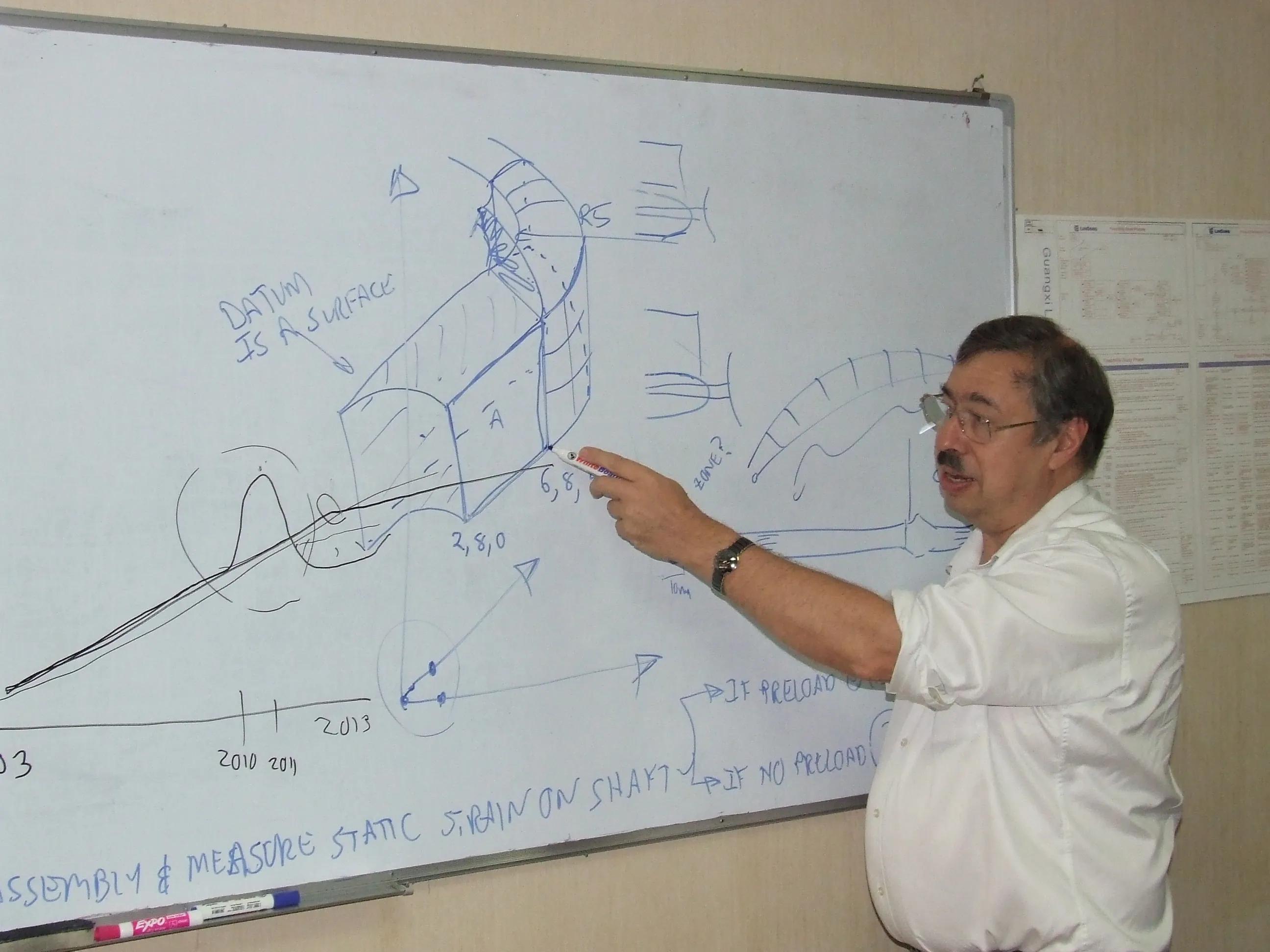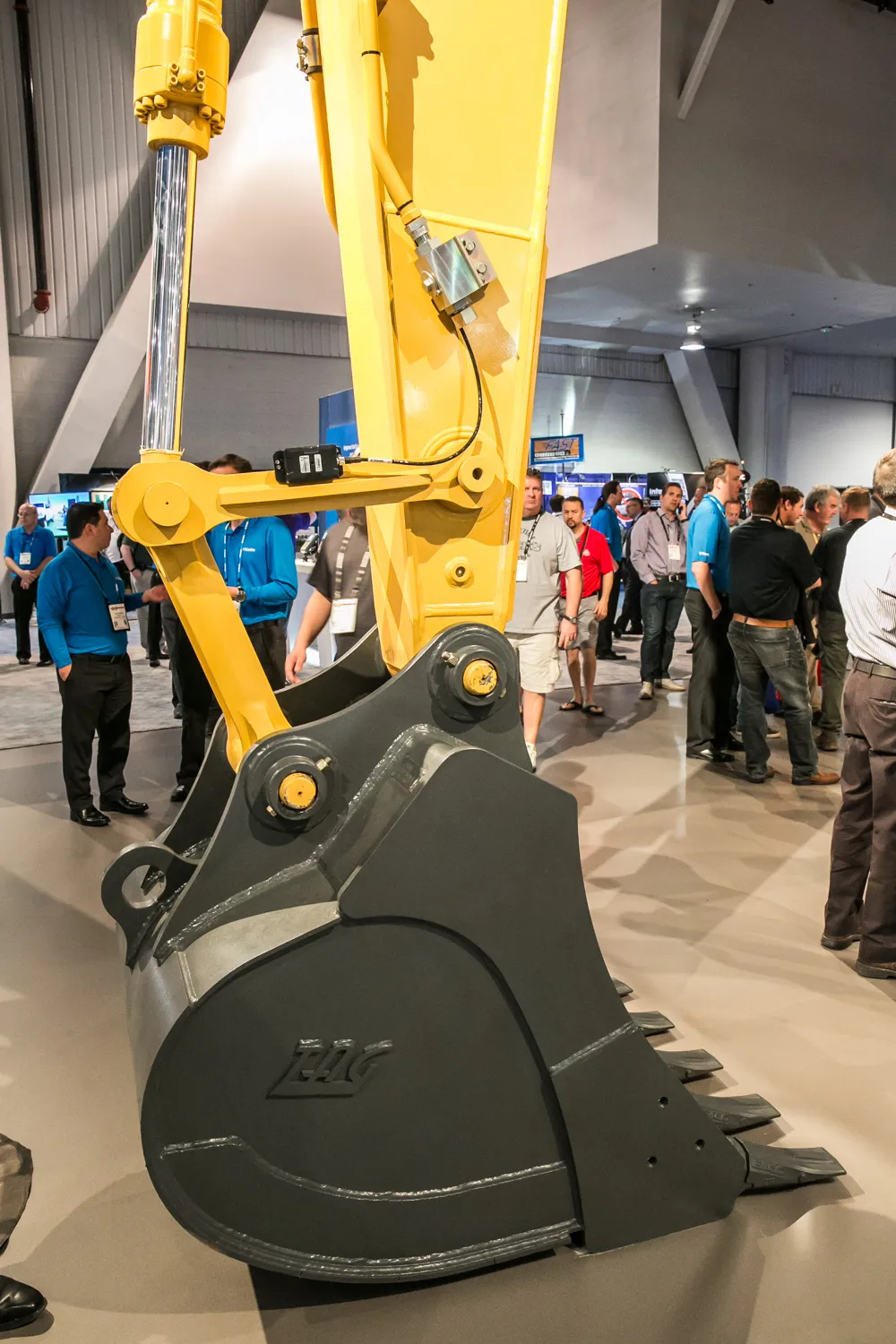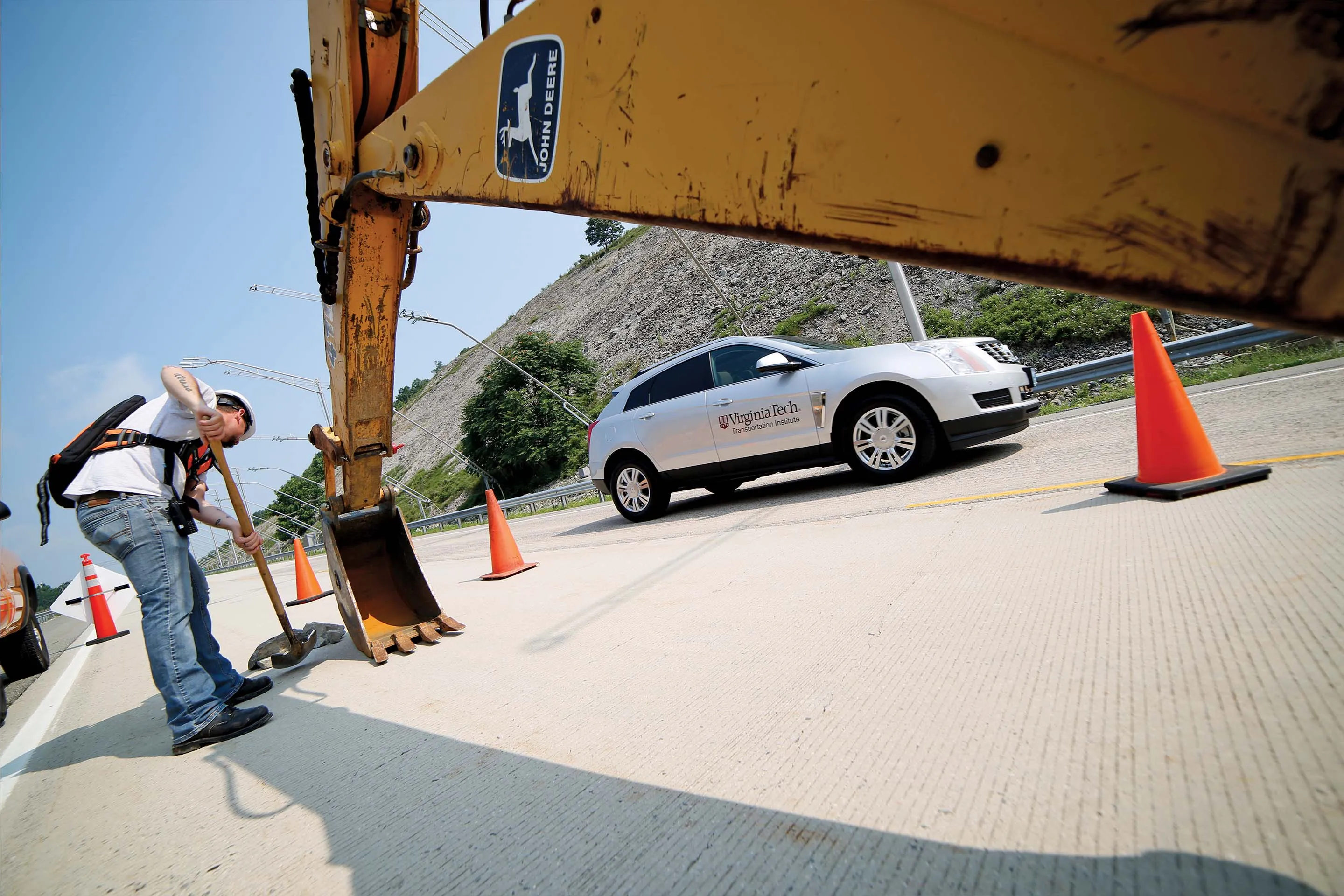Infrastructure software provider Bentley Systems has acquired Paris-based e-on software for an undisclosed amount.
The company becomes a Bentley subsidiary and will continue to focus on creating 3-D virtual environments for highways as well as other major infrastructure projects.
VUE and PlantFactory products are some of e-on’s main products used by computer graphics professionals in the media and entertainment, science and education industries.
September 15, 2015
Read time: 2 mins
Infrastructure software provider 4019 Bentley Systems has acquired Paris-based e-on software for an undisclosed amount.
The company becomes a Bentley subsidiary and will continue to focus on creating 3-D virtual environments for highways as well as other major infrastructure projects.
VUE and PlantFactory products are some of e-on’s main products used by computer graphics professionals in the media and entertainment, science and education industries.
E-on’s offerings have been used in the making of numerous films, including Minions, Jupiter Ascending, How To Train Your Dragon, Avatar, The Hunger Games, The Avengers, Hugo, and Terminator.
Nicholas Phelps, founder of e-on software, said the company initially focused on the media and entertainment industry. “We recognized in recent years a growing need among architects and engineers to ‘tell their story’ in a more compelling way,” he said.
“We responded to this by leveraging our expertise in visual effects to also create easy-to-use products such as LumenRT that bring quick, high-quality ‘movie production’ to the architectural and engineering market.”
Bentley Systems chief executive Greg Bentley said that the cinematic quality of LumenRT environments allows architects and engineers to envision and present their proposed design alternatives as they would appear in reality.
Bentley said its own users are already benefiting from the integration of LumenRT’s capabilities with Bentley’s MicroStation-based common modeling environment for advancing infrastructure.
David Burdick, formerly e-on vice president of marketing and now Bentley Systems industry executive of visualisation, said LumenRT allows users to enliven their designs with environmental elements such as moving people, breeze-animated plants, rippling water, windy skies and man-made objects such as vehicle simulations and traffic.
Bentley, founded in 1984, has more $600 million in annual revenues.
The company becomes a Bentley subsidiary and will continue to focus on creating 3-D virtual environments for highways as well as other major infrastructure projects.
VUE and PlantFactory products are some of e-on’s main products used by computer graphics professionals in the media and entertainment, science and education industries.
E-on’s offerings have been used in the making of numerous films, including Minions, Jupiter Ascending, How To Train Your Dragon, Avatar, The Hunger Games, The Avengers, Hugo, and Terminator.
Nicholas Phelps, founder of e-on software, said the company initially focused on the media and entertainment industry. “We recognized in recent years a growing need among architects and engineers to ‘tell their story’ in a more compelling way,” he said.
“We responded to this by leveraging our expertise in visual effects to also create easy-to-use products such as LumenRT that bring quick, high-quality ‘movie production’ to the architectural and engineering market.”
Bentley Systems chief executive Greg Bentley said that the cinematic quality of LumenRT environments allows architects and engineers to envision and present their proposed design alternatives as they would appear in reality.
Bentley said its own users are already benefiting from the integration of LumenRT’s capabilities with Bentley’s MicroStation-based common modeling environment for advancing infrastructure.
David Burdick, formerly e-on vice president of marketing and now Bentley Systems industry executive of visualisation, said LumenRT allows users to enliven their designs with environmental elements such as moving people, breeze-animated plants, rippling water, windy skies and man-made objects such as vehicle simulations and traffic.
Bentley, founded in 1984, has more $600 million in annual revenues.









